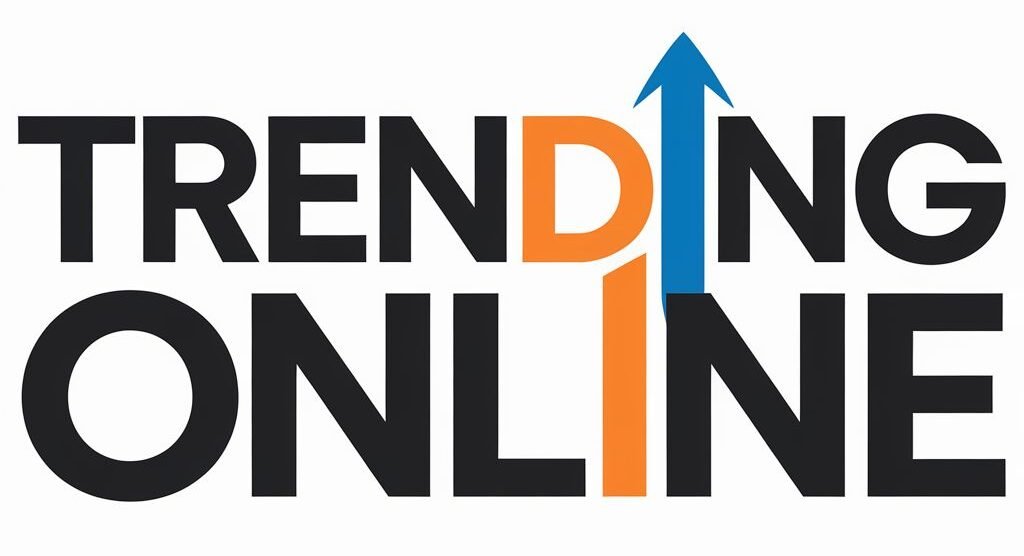World Teachers’ Day: AI in science education – Are our teachers ready?
To ensure South Africa and its children are not left behind in the global artificial intelligence (AI) race, we have to start “training” our learners today, despite the playing fields not yet being level. But are our teachers ready, willing and able to equip young minds with AI-driven skills?
Integrating AI into education has become a focal point for addressing global disparities in access to quality learning. AI can be a game-changer in creating new content and learning material, providing stimulating visual aids for complex ideas, and even developing personalised lesson plans based on the strengths and weaknesses of learners.

There’s no doubt that AI can contribute to better learning outcomes.
However, despite the growing influence of AI in education globally, there is limited understanding of the factors that affect the willingness of our teachers to integrate AI into life sciences teaching.
Research conducted with collaborators examined the technological knowledge of student science teachers in South Africa, Indonesia and Thailand, and their readiness and attitudes to integrating AI into their teaching practices. Attitudes toward AI integration in life sciences education included themes such as pedagogical benefits, practical limitations and philosophical concerns. Behavioural beliefs encompassed the advantages and disadvantages of AI adoption. Subjective norms highlighted inter-generational differences, administrative issues, stakeholder roles and resource constraints. Normative beliefs included organisational authority, peer influence, parental concerns and policy funding.
This research further addressed systemic barriers to AI adoption in classrooms, particularly in the Global South. In South Africa, only 20% of rural schools have internet access; Thailand and Indonesia face similar challenges despite efforts to enhance digital inclusion. These infrastructural limitations reflect global disparities, where unequal technological access deepens socio-economic inequalities. Resource constraints emerging from the data extend beyond infrastructure to include essential technology aids such as tablets, laptops and AI-powered educational tools.
Disparities in AI readiness among pre-service teachers in these three countries showed that South African teachers were less ready to adopt AI due to infrastructural challenges, limited AI exposure and socio-economic constraints. Indonesian teachers displayed stronger technological and pedagogical preparedness, supported by better resources, while Thai teachers exhibited favourable attitudes towards AI due to government-led digital inclusion efforts that include robust digital infrastructure.
Across all three countries, teachers recognised AI’s potential to personalise learning and enhance engagement, but emphasised challenges such as resource constraints, lack of training and social support. Concerns about AI’s ethical implications and its potential to replace traditional teaching methods were raised. Parental scepticism was also reported, especially regarding increased screen time and concerns over data privacy and the influence of digital content on children.
Teachers further called for tailored interventions, localised training and equitable resource allocation to bridge the digital divide. They require AI literacy and skills training to improve educational equity and outcomes in their regions.
Our research highlights the importance of preparing pre-service teachers in the Global South to integrate AI into their teaching. It provides recommendations for pre-service teacher education, offering critical insights to foster equity, innovation and transformative teaching practices, ultimately equipping future educators to drive meaningful educational change.
The findings have important implications for policy and practice, highlighting the need for targeted training and resource allocation for effective AI integration in life sciences education.
>> This piece was originally featured in the Re.Search Magazine. Check out issue 11 of the magazine here.

